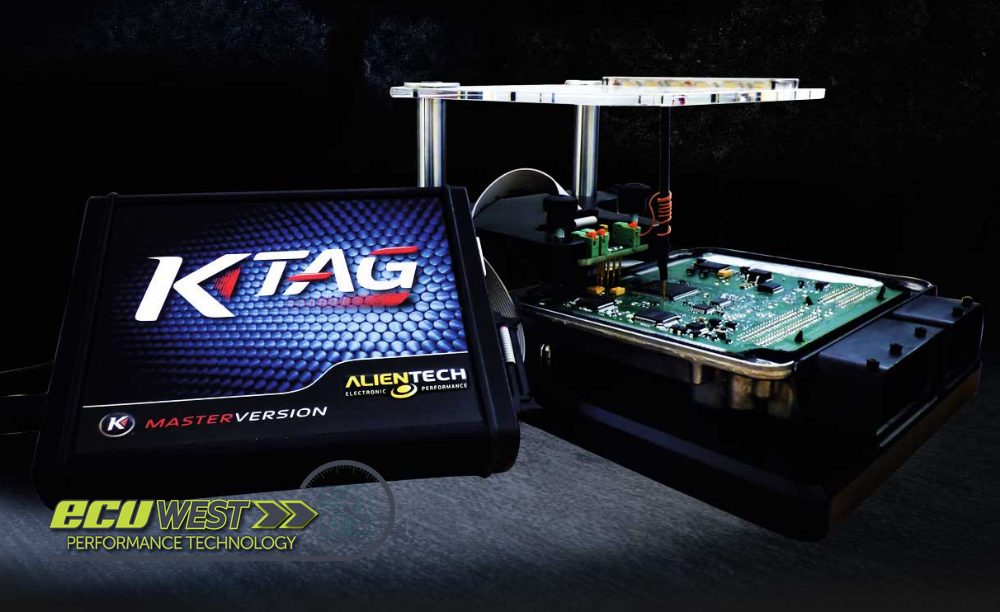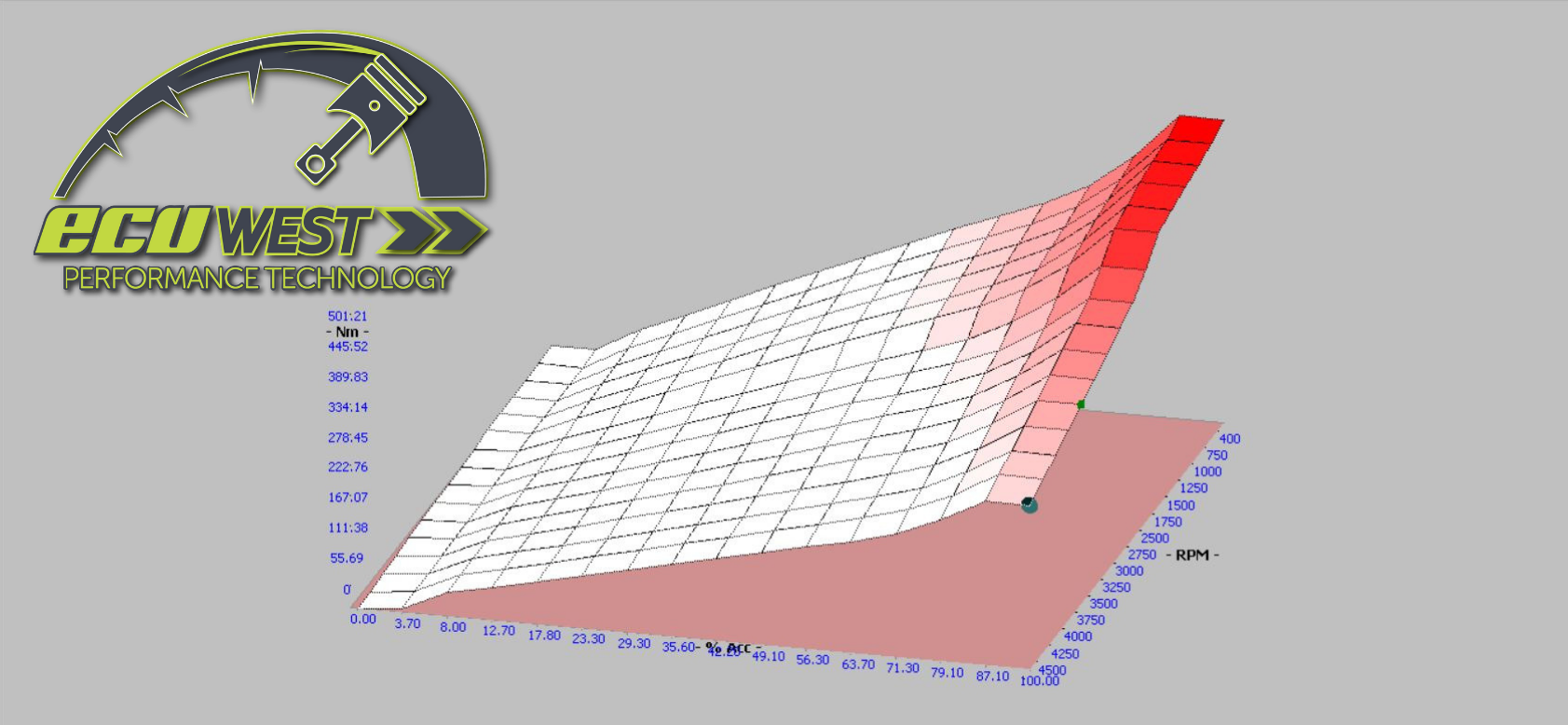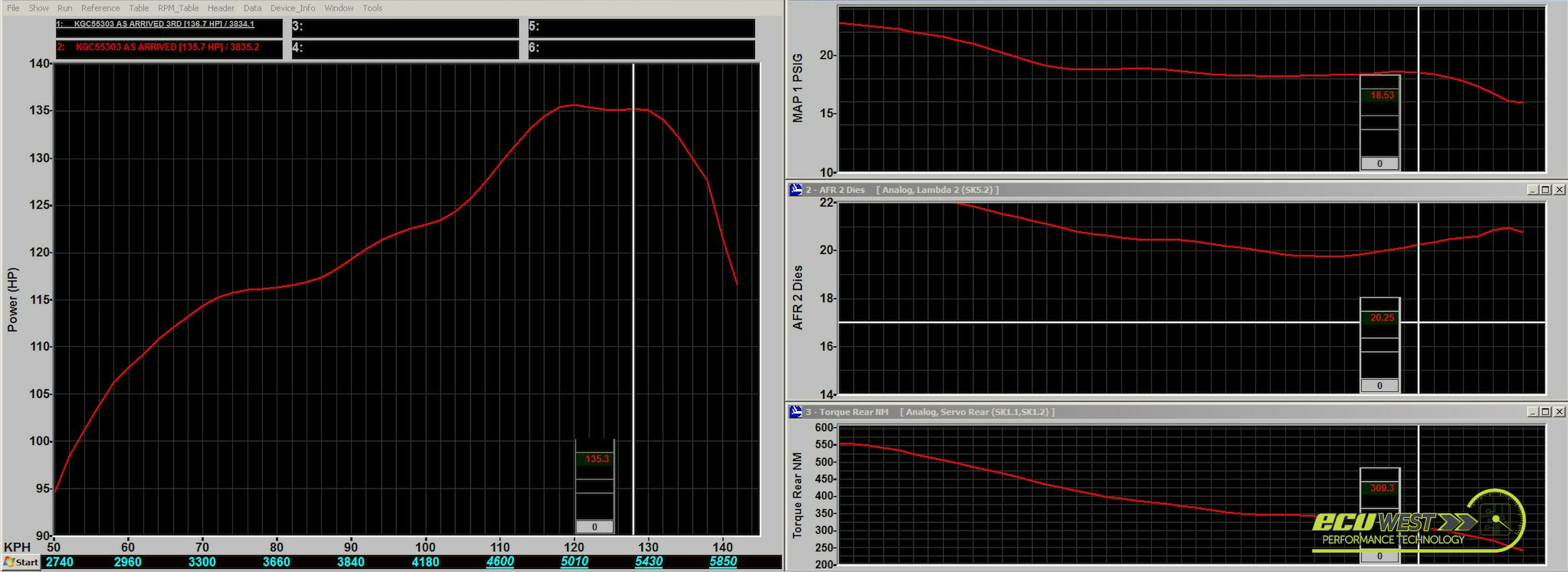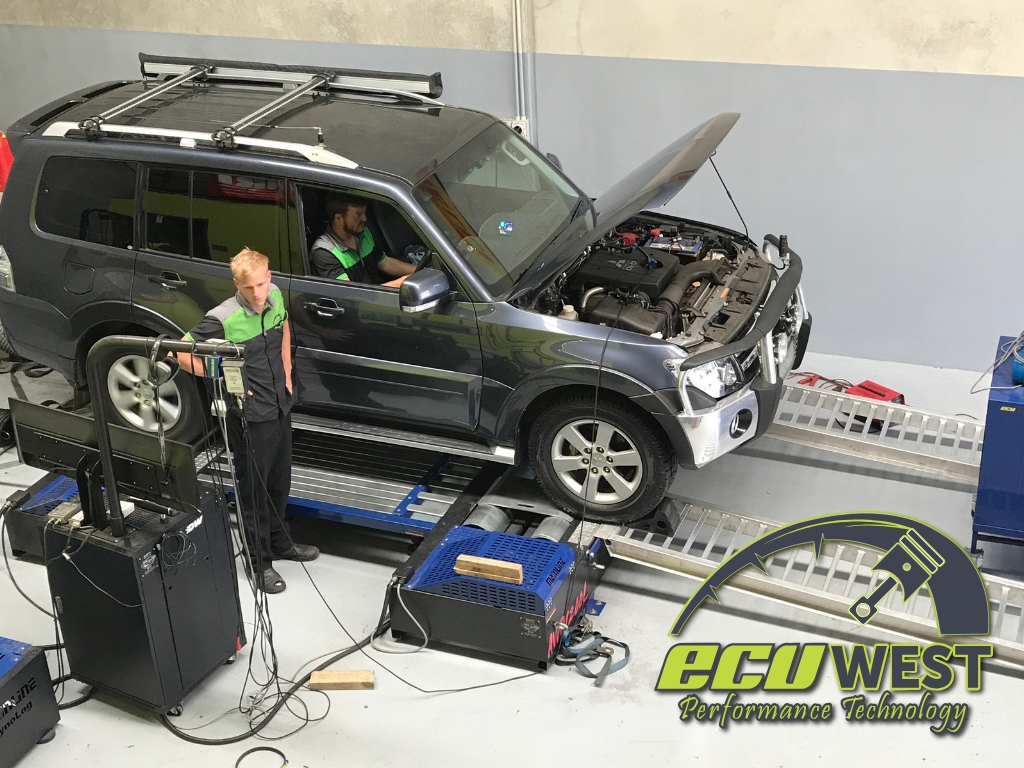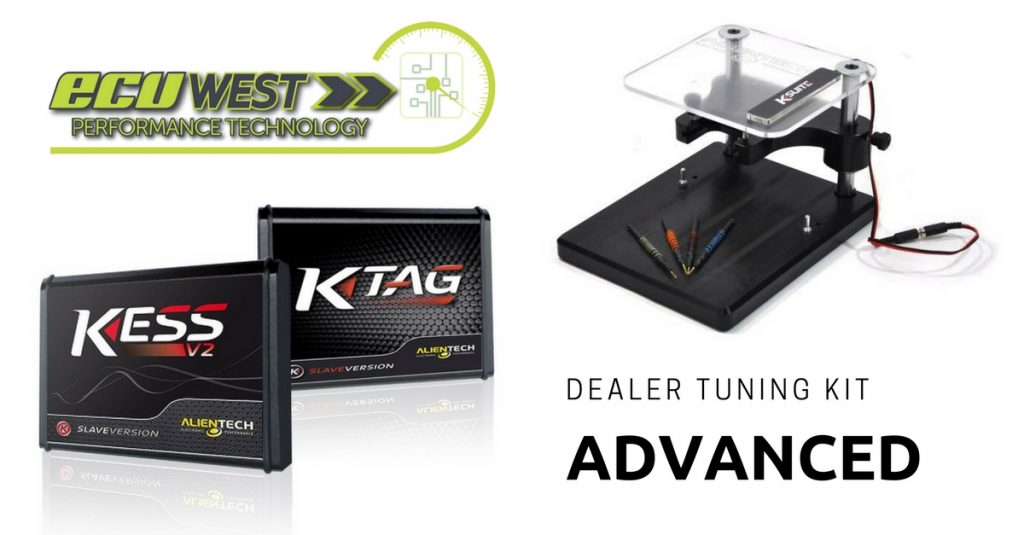Table of Contents
Introduction – A Comprehensive Consumers Guide To ECU Remapping
It’s not my intention for this to be a tutorial for workshops trying to learn Engine Control Unit (ECU) Remapping so they can give it a crack in their businesses. This is aimed at guys who have heard about ECU remapping, done a bit of their own research, maybe even spoken to a few local service providers/tuning shops and have found contradicting information here and there – especially from the king of misinformation – Internet Forums. My intention for this blog is to try and educate those who are considering remapping their vehicles and want some information to help them decide if its something they want to do (which they should – why own your vehicle when it’s operating at 70% of its potential from the factory for the whole time you own it). Also, we will try to help you to choose the best service provider or tuner to carry out the tuning of your vehicle. This will be based on the equipment they should have and practical questions you can ask them that any decent tuner should be able to answer off the top of their head, not offer you some bewildering and baffling cliche, filled with smoke and mirrors.
Many companies and websites, including our ECU Remapping Explanatory Video refer to the Engine Control Unit (ECU) as the brain of your car. I’m not super happy with this analogy as its a computer just like the Transmission Control Module (TCM) or the Body Control Module (BCM). And they all communicate with each other through various methods, the most common being via a CAN-bus system.
It’s worth mentioning here that TCM tuning is becoming more popular as new and better tools and file editing software are becoming available to us to get the job done. TCM Remapping will often unlock or lift torque limiters within the ECU which will provide more torque and power. We can also lock the torque converter earlier which allows lower cruising RPM, lower transmission oil temperatures and better fuel economy. We can raise or lower up-shift and down-shift points and raise line pressure to suit the individual needs of customers. You can see the benefits of our Toyota 200 Series Landcruiser TCM Remapping Here to get a better picture.
I won’t be covering remapping or tuning for heavily modified vehicles as this will get too long and irrelevant to the blog. Performance exhausts and cold air intakes are about as crazy as we’ll get here. This is because there are too many combinations to go into and if you already know about these mods you’ve probably educated yourself past this point anyway.
There are many tools and methods used to remap an ECU, below are some common ones we see and use:
Open Source Tools (Alientech Kessv2 & KTAG, CMDFlash-OBD & BDM)
Handheld One Vehicle Type Tools (Alientech Powergate 3, Bully Dog Diesel Tuner)
Cloud-Based Tools (EZLYNK Auto Agent 2)
Credit-Based Tuning Systems – Encoded & Locked To Their Editing Platforms (HP Tuners & EFILive)
New tuning systems are being designed and released every day, but no matter how different they all look, if their method of operation involves reading or identifying the stock original ECU calibration (or program), then changing values or modifying that program and writing it back into the vehicle, it can be considered ECU Remapping. Which leads us on to the next section.
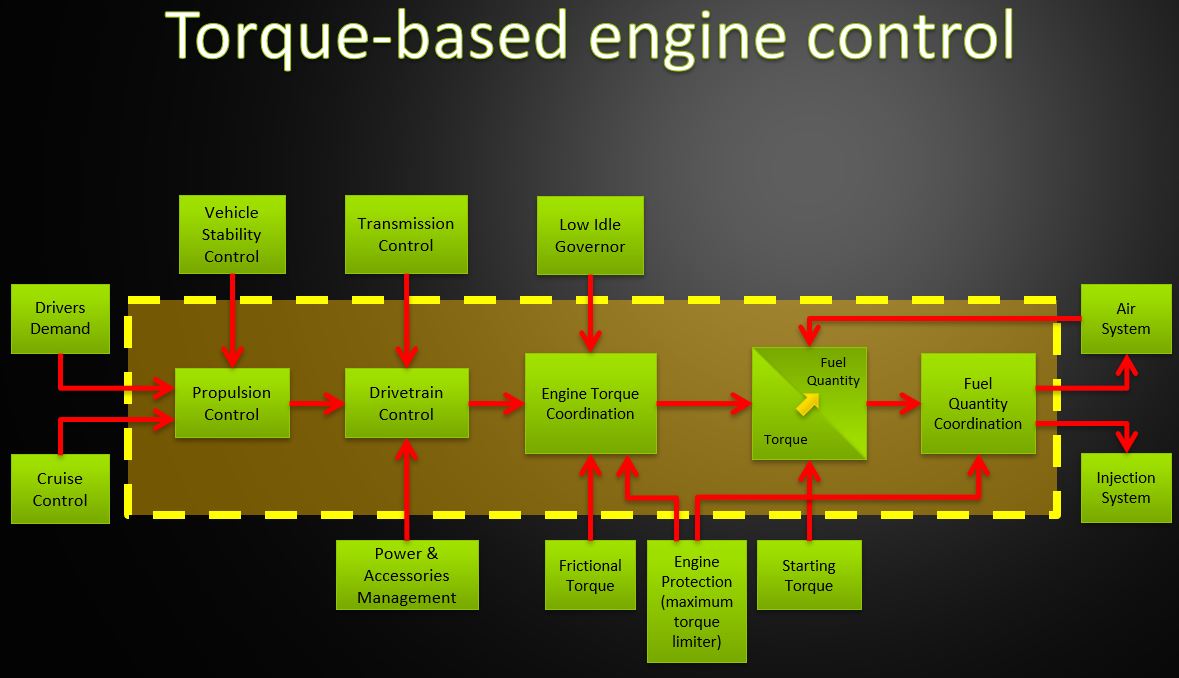
What Is An ECU Remap?
ECU Remapping is a procedure carried out by tuning workshops with the aim of making a vehicles engine create more power, and more importantly, more torque. An engines torque (the twisting force, or a force that causes rotation) is what enables the acceleration (an increase in rotational speed) we love to feel. ECU remapping will provide more power and torque per dollar spent than any other modification you can do.
In broad terms there are basically two aspects to remapping a vehicle’s ECU.
Firstly we need to be able to read or ID the vehicle’s stock original tune file, sometimes called the factory calibration. We also need to be able to write or flash a modified or tuned file back into the ECU. This first process can be simply called “reading and writing” or just communicating with the ECU. It’s also common to hear the term flashing the ECU which is just another way of saying the writing part.
The second aspect of ECU remapping is being able to create a modified or tuned calibration to write or flash back into the ECU. This is what will create the extra power. To do this effectively and safely takes experience and the use of expensive computer programs, most of the time we use more than one program to make a good tuned file. Some of the maps and parameters we tune are, boost, torque, fuel quantity and spark advance for petrol engines.
The reason we can make such a great improvement to both power and torque through ECU remapping is the headroom the OEM Manufacturers build into their vehicles. This headroom (or factor of safety) is built into new vehicles for a number of reasons, some of the most common examples are listed below:
Warranty – Manufacturers don’t want to be repairing vehicles during the warranty period, even when the vehicle is subjected to the harshest conditions.
Differing global fuel quality – Vehicles need to be able to use poor fuel and not detonate or run in a dangerous condition.
Model upgrades – Manufacturers will use the same engine in different models, the more premium models will have more torque and power due to the ECU calibration alone. This is a very economic way of providing a choice of engine outputs.
Emissions – Vehicles will produce fewer emissions when they are not running at 100% capacity. Emissions systems will also reduce power, torque, and efficiency (and pollution…).
How Is ECU Remapping Done?
When we get the vehicle into the workshop we start off by assessing it’s condition, ensuring there are no mechanical faults or issues, this will include driving the vehicle in its arrived state to ensure nothing is wrong. A lot of people think remapping is a solution for getting around malfunctioning components – which it isn’t. Sure, we can remove Diagnostic Trouble Codes (DTC’s) to get rid of Check Engine Lights (CEL’s) but the issue will still be there and often the ECU will put the car into a limp home mode, which will de-rate the output of the engine until the condition or issue is repaired.
Once we know the vehicle is good to go, we’ll get it up onto the chassis dyno and conduct baseline cruise and Wide Open Throttle (WOT) power runs. We use a combination of the dyno’s OBD2 feed, wideband O2 monitors to measure the Air Fuel Ratio (AFR) or Lambda values, diagnostic scan tools and/or tuning software data loggers to get an idea of the condition of the engine. This will also give us a good indication of how much headroom we have for performance tuning. An example of this is the AFR of a diesel-powered vehicle. If the car comes in with an AFR of 17:1 we know there is an issue with the fuel system or maybe the intake is choked with carbon or maybe there is an issue with the turbocharger. We may be able to offset this a little by adding boost so we can lift fuel and torque limiters but the result will be less than desired. On the other hand, a relatively new Isuzu Dmax 3.0TDI will come in with a much leaner AFR of 25:1, giving us plenty of room for tuning and performance gains.
The next step is to read the original or stock tune file from the vehicle and save it. We can then load this stock file into the most suitable tuning software and make a starter tuned file to suit the modifications that have been done to the vehicle. If a 4WD has a 3-inch Turbo Back Exhaust or larger intercooler fitted, this will allow more fuel to be injected as the AFR and Exhaust Gas Temperatures (EGT’s) will be lowered with these modifications most of the time.
We will flash or write the base tuned file into the cars ECU and conduct some dyno runs to see where we’re at with respect to boost, AFR and EGT’s for diesel vehicles. Petrol vehicles are similarly done, but we’ll look at AFR and ignition or spark timing, specifically looking for any knock events taking place which is more important in boosted applications. It’s worth mentioning here that safe AFR’s are inverse from petrol to diesel engines, for example, a safe AFR for a diesel engine at WOT could be 18:1. As we add more fuel the AFR will become richer 17:1 then 16:1 and so on. As a diesel engine becomes richer it becomes more “unsafe”, this is because EGT’s will rise to dangerous levels putting the turbocharger at risk. Cylinder head temperatures can also become excessive. A petrol engine, on the other hand, is the opposite in terms of AFR, as AFR’s become leaner the combustion temperature rises. A naturally aspirated (N/A) petrol engine will like from 12 to 12.8:1 AFR under WOT conditions, any leaner and you risk detonation or knock which will kill a stock engine quickly. Boosted petrol cars like richer conditions and less spark advance as knock is even more critical in boosted applications, especially on stock engines. Always fill your N/A or boosted petrol vehicle with the best quality 98RON petrol you can find before getting it tuned or remapped. You are wasting your money bringing it in with anything less as the engine won’t tolerate any decent amount of spark advance without knocking and we will have to pull timing to release the car in a safe condition. This will rob a fair amount of the power and torque potential from the vehicle. It is for this reason we use e85 fuel in some applications as it will allow the engine to tolerate way more timing, especially in boosted applications. But this comes with its own set of dramas, like the availability and quality of e85 fuel and the supporting modifications necessary to run it, for instance, it will require an increased fuel supply volume, larger injectors and of course a re-tune to suit.
So after we review the data gathered from the dyno and data logger after our base tuned file run, we will start dialing in the tune to get the best power and torque curves whilst keeping everything as safe as possible. This is an iterative process in that we revise the tuned file, flash it to the car again then look at the data under both cruise and WOT conditions until we are happy with the output and the running condition. We will always tune to safe running parameters rather than a chosen power figure as its pointless chasing a magic rear wheel horsepower number if the vehicle is knocking itself to bits.

Is ECU Remapping Safe?
Nobody wants an engine failure, Tuning Shop nor the Customer. If the vehicle is in a good operating condition and the tuning shop knows the reliable limits of each vehicle then ECU Remapping can be considered safe. Workshops that can’t or don’t test operating parameters before and after tuning are taking a big risk. If the workshop you’re considering doesn’t have a dyno, make sure they can at least manage AFR’s with a handheld wideband O2 monitor and can monitor manifold or boost pressure with a decent scan tool. If your diesel vehicle is given back to chugging out massive amounts of smoke and it wasn’t before, there’s a good chance it’ll be too rich and not safe.
There are some other things that you can ask of the workshop you’re considering to improve your chances of getting a quality tune. Do they write their own tunes and if not can they get revisions from their tune file supplier? Don’t be deterred if they are slaved to a decent tuning company, if they have a dyno and can revise the tuned file so it’s within specification it is no difference than if they were writing good tune files themselves. Watch out for workshops who use knock off cloned tools and software, if they brick your ECU, there is a good chance they won’t be able to get your vehicle running again without a new ECU. Bricking an ECU is just an industry term for when an ECU has been destroyed or left in a state where it needs to be bench flashed to get it working again.
If your potential tuner can’t do the job in the same day, it’s a good indicator they are slaved to a company in Europe. In our experience, this doesn’t lead to a good outcome. If the file is way off there will be an additional day to get a revised file an so on.
We have multiple genuine reading and writing platforms for most vehicles so that we have some redundancy should one platform fail to work on a particular day. It also enables us to recover an ECU should something go wrong during a writing process.
We also have multiple genuine binary file editing software platforms which enables us to cross-check tune files for correct map definitions. In the early days of Toyota tuning, it wasn’t unusual for tuning software to get fuel and boost limiters the wrong way around, this is frustrating when you are trying to add boost but the AFR is becoming more rich instead of leaning out. Having back up software to check and confirm that maps are defined correctly is essential if tuning is a core service the business provides.
So ECU remapping is not inherently unsafe. BUT without having the correct risk mitigation in place like tool and software redundancy, properly checking vehicle condition prior to tuning and checking that the tuned parameters are safe you are increasing the chances of expensive grief.
A great way to increase safety for your diesel engine vehicle is to fit an EGT gauge to monitor exhaust gas temperature. If the temperature hits your preset alarm point simply lay off the accelerator a little until the temperature is back under control. Industry practise is to set the alarm to 550C and fit the probe about 70mm from the dump pipe flange (downstream of turbo). Petrol guys can run a wideband O2 sensor to monitor AFR and make sure it doesn’t go too lean.
Finally for this section, and not really a safety issue, but the last thing we tell our customers before they leave us after their vehicle has been remapped, taking it back the manufacturer for servicing will put them at risk of having their remap wiped. Some OEM diagnostic tools will note what version of software the various modules have currently installed, if there is a newer version available it will update the relevant module with new software. If the ECU is one of those modules and their diagnostic tool overwrites it, you will lose your remap. The tuner will need to start over from scratch and will charge for this. It is easy to avoid this scenario by getting any licensed vehicle repairer you trust to conduct the servicing and you won’t have your ECU overwritten. Thankfully, in the scheme of things this doesn’t happen all that often – maybe in 5% of all cars and bikes tuned. Some manufacturers don’t update ECU software anywhere near as others do. You can also ask the manufacturer to not plug their diagnostic tool into your vehicles OBD2 port when they service your vehicle but you’re kinda showing your hand if you do this.
ECU Remapping Versus Chips Or Modules
This is a contentious issue for people who have invested in a chip already or who are in a business that uses them exclusively.
Before going into pro’s and con’s it’s probably a good idea to explain the main difference first.
When we remap we are changing values within the ECU. The ECU is still in full control of the engine.
When chipping a vehicle or installing a module, the module is changing either an input value from a sensor to the ECU – for example a Rail Pressure Sensor – or it’s changing an output value to an actuator – for example, a Fuel Injector solenoid, increasing the injection duration.
The ECU is no longer in control of the engine. Because a module works over the top of the ECU they are often called piggyback systems.
The problem with using a chip or module is that the ECU will only tolerate a certain amount of error between what it is commanding and what it is seeing. For example, the ECU is commanding a Manifold Absolute Pressure (MAP) of 200kPa at a certain RPM and Load Point by sending the turbocharger stepper motor the relevant value. But the chip is “clamping” the voltage from the MAP sensor to the ECU causing the input value to the ECU to be a lower value, so the ECU asks more of the turbocharger to get to the set point of 200kPa. This is how the chip is achieving a higher boost pressure. But the problem is that the ECU is also monitoring the Mass Air Flow (MAF) entering the engine via the MAF sensor, and now the MAF sensor is seeing a higher value than what it is expecting to see. This error between what is normal and what the chip is causing will likely cause the ECU to throw a check engine light and may also cause a limp home mode scenario. Both unwanted.
That is just an example of what piggyback systems can cause. This can also happen if you don’t write the tune file correctly when remapping, the difference being that we can control or fix the error via remapping. It may sound silly but chips can get you into the predicament where you need to remap the vehicle in order to remove a Diagnostic Trouble Code (DTC) that the chip is causing so the ECU won’t trigger a Check Engine Light and limp mode. We’ve done that a few times when people try desperately to fix errors caused by chips because they’ve spent so much already on the chip and its installation.
With the higher end diesel chips or modules, you generally can only modify boost, rail pressure, and injector duration. When you remap, depending on the definitions you have, you can virtually change 100’s of maps and switches. And if you can’t edit the torque maps you’re really not going to get anywhere as the ECU will always try to target the torque that these maps are demanding.
So we generally will only use a decent module when we cant remap, either because the vehicle is too old and is not common rail, or there is no way to remap it. And we will only use the module when we know it’s not going to cause any Check Engine Lights.
Does Remapping Void New Car Warranty?
This is a common question, and we can’t give a definitive answer as we don’t have a say in it when it comes to the new car dealers, but we can share our experience with it.
As time goes on and remapping becomes more mainstream and well known the vehicle dealers are becoming more comfortable with it. Especially when it’s been done by a reputable company and the vehicle is in a mostly stock arrangement. Dealers obviously can’t condone emissions deletion tuning so this will void your warranty straight up. You can still get nice gains from remapping when leaving stock exhausts and other emissions equipment intact, leaving the vehicle compliant with the Australian Design Rules (ADR’s).
However, it does remain somewhat subjective and it depends a lot on the relationship you have with the dealer. If you ask them before you purchase the vehicle that you intend to remap the car and would they still honour the driveline warranty, make sure you get that in writing if it’s agreed to. We actually tune vehicles for some dealers when they are offering power upgrades to their customers, this is an indication that ECU remapping is not as feared as it once was. It really boils down to the term “reasonable”, do you think it would be reasonable to expect a dealer to fix your transmission if you have tripled the torque it’s now managing? Probably not, and this can apply the other way around, would it be reasonable to think a dealer would fix the same transmission if the output of the engine was increased by 25%? Why not, it may have failed even if the output was left stock.
If there is a failure to the Powertrain during the New Car Warranty period, and the vehicle is mechanically stock, some people ask their tuning provider to return the ECU back to stock, reducing the chances of a dealer detecting a remap and in turn fix the failure under warranty. I’m not suggesting you do this but it does happen. I’m unaware of any dealer diagnostic tools that can read and compare files to stock in order to detect a remap, this would also require trained technicians to be able to do this. Dealers will also be more inclined to look into it if they are suspicious that the car has been tuned. Some OEM diagnostic tools can count the number of times the ECU has been flashed, but again I haven’t heard of a dealer not honouring the warranty due to this being an issue.
Some tuning companies offer a warranty type product with their tuning packages. Make sure you look into this before signing up. The too good to be true rule will probably apply. The warranty cost will be reflected in the price, and you may be bound to having the car serviced by them to keep the warranty valid. There may also be maximum dollar limits for each component which may fall short of the job cost.
Some guys are quite paranoid with respect to their New Car Warranty and it not being covered should they have an issue during this period. If this is a really big worry you have, just leave the car stock and you won’t have to stress out. For me, I can’t keep anything stock, especially not for the 3 or 5 year warranty period. I want to get the full potential of the vehicle during the whole ownership period, and it’s a risk I’m prepared to take.
How Much Does Remapping Cost & How Long Does It Take?
People can balk at the cost of a remap. They sometimes perceive a remap to be of less value than a chip because there is no tangible object in their hands after they hand over the money. What we should focus on is the outcome, sure you may not have $30.00 bucks worth of diodes and plastic in your vehicle but you will have a car that performs much better than it did, and it does this with no trouble codes etc.
A chassis dyno is an expensive bit of gear, add on the AWD upgrade, OBD2 data logging upgrade and you don’t get much out of $120,000.00 add to that the cost of the building, tuning tools, diagnostic tools, years of knowledge and experience and you will quickly see why its not a cheap exercise to have a decent establishment tune your vehicle. And it’s not a stress-free job for the tuner either, there’s always a risk of issues during the read and write process, and having to estimate a limit to the tune that is a good compromise between performance gains and safety takes experience. A dedicated tuning shop can’t compete with backyard operators who charge a fraction of what a decent tune is worth. As with everything else, you’ll get what you pay for.
You can look your vehicle up through our Vehicle Search for pricing on different remapping packages.
Remapping only takes the day, you’ll drop your vehicle off in the morning and get it back before close of business. If its the first of a new model it may take a couple of days to get correct tuning definitions and allow enough time to conduct enough testing.
Then you will be good to go and enjoy that new power and torque, while most of the time getting better economy.


